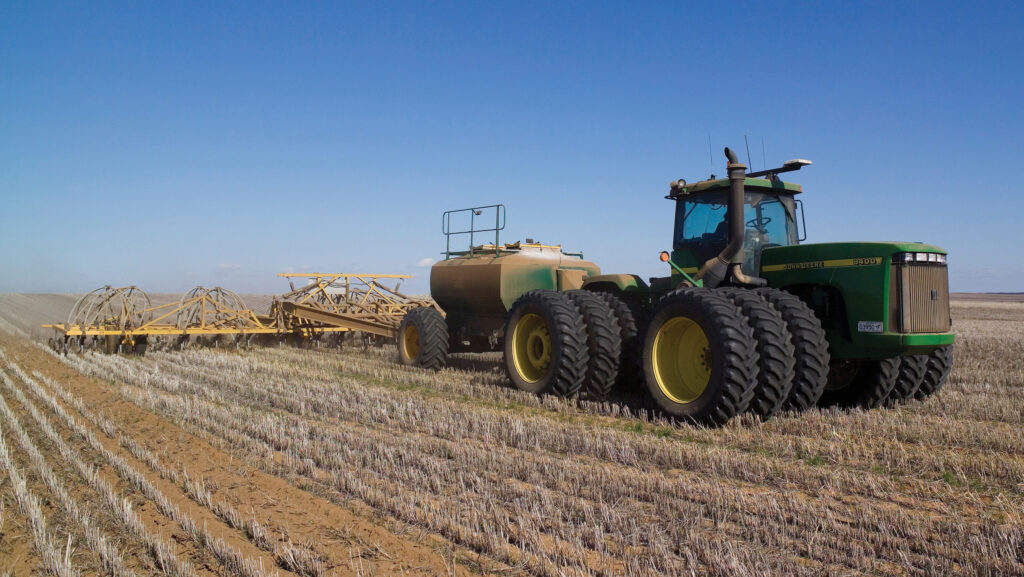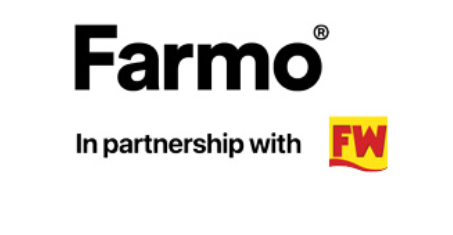Groundswell 25: Farmers reveal what makes a good grower group
 © Image Source/Alamy Stock Photo
© Image Source/Alamy Stock Photo Successful grower groups are those with good farmer engagement, flexible funding arrangements and an unwavering focus on two-way knowledge exchange, rather than knowledge transfer.
A Groundswell session bringing together participants from Canada, Australia and the UK highlighted that the provision of high-quality advice, trusted support networks and economic benefits were key – so that grower groups were a safe space to try things.
See also: How farmers in potato ‘world capital’ deal with soil erosion and disease
Australia
In Australia, VicNoTill was established in 2002, with the aim of bringing farmers together and supporting them to adopt regenerative farming systems that produce better results and nutrient-rich food, explained president Michael Gooden.
“Moving to no-till is a big practice change,” he said.
“We often hear that farmers want evidence before they make the switch, but usually it’s an emotional decision.
“The support on offer means they can try it out and tap into advice, if needed.”
The group started when eight farming families from Victoria came together to share their experiences in an open and transparent forum, meeting every six weeks in a “farmers helping farmers” approach.
It has grown from there and now has close to 300 members, who benefit from work done with business, government, scientific and natural resource partners.
“We’re clear about what we do – we don’t do research but we will push others to do it.
“Funding is from membership and commercial sponsors.”
A “show me the money” policy means that the financial implications of any practice change are scrutinised, he added.
“We have a saying in Australia which is don’t be a watermelon – that’s because it’s green on the outside, but red on the inside. Profit matters to our members.”
Canada
In Canada, Andrea McKenna, executive director of the East Prince Agri-Environment Association, explained that the group has a core of 15 members all located on Prince Edward Island.
It carries out research in six key areas and then shares its results more widely among the farming community.
“It’s a tiny island but a highly visible area and we have challenges with wind and water erosion, so protecting our soil has been a major focus,” she said.
“At the outset, less than 30% of our potato fields incorporated cover crops. Now it’s more than 60%.”
The benefits of being in the group have been multiple, she added.
“The work that’s been done has helped to de-risk our businesses and provide some cushioning.
“We’re now able to show what practices work for farming businesses and help the environment.”
The group meets monthly and is building networks, with the aim of reaching as many farmers as possible.
It is also one of 10 Living Labs operating across Canada with government funding, having been the pilot for the national scheme.
UK
In England, Nick Marriner, nature recovery manager at Chilterns Natural Landscape, said that getting the balance right between collective impact and individual farm delivery was important.
“There are five cluster groups in the Chilterns, so there’s potential to deliver significant impact for nature across the landscape.
“But there’s also the chance to improve individual farm businesses by giving them practical support on the ground.”
The groups are funded independently, he added.
“Getting National Lottery Heritage Fund support initially allowed us to deliver agreed outcomes.
“We have also received support from commercial organisations and charities, so that blend of finance has been key,” he said.
A £1/acre (£2.47/ha) subscription fee introduced after five years allows the group to make its own decisions and do what’s in members’ interests.
“Farmers can get involved when they want but there is a sweet spot in terms of numbers for every cluster,” he remarked.
In the north-east Cotswolds, what started as a small knowledge exchange group is now a group of 204 farms covering 56,000ha and four catchments, said Tim Field, co-founder of the North East Cotswold Farmer Cluster.
Tim said the focus of the group is now to create the financial structures that allow revenue from natural capital markets to be distributed to members.
“These markets need scale, so getting neighbouring farmers talking to each other was an essential first step.
“We’re working at a local and sub-catchment level, with 16 projects on-going, so there’s lots on offer,” he said.

